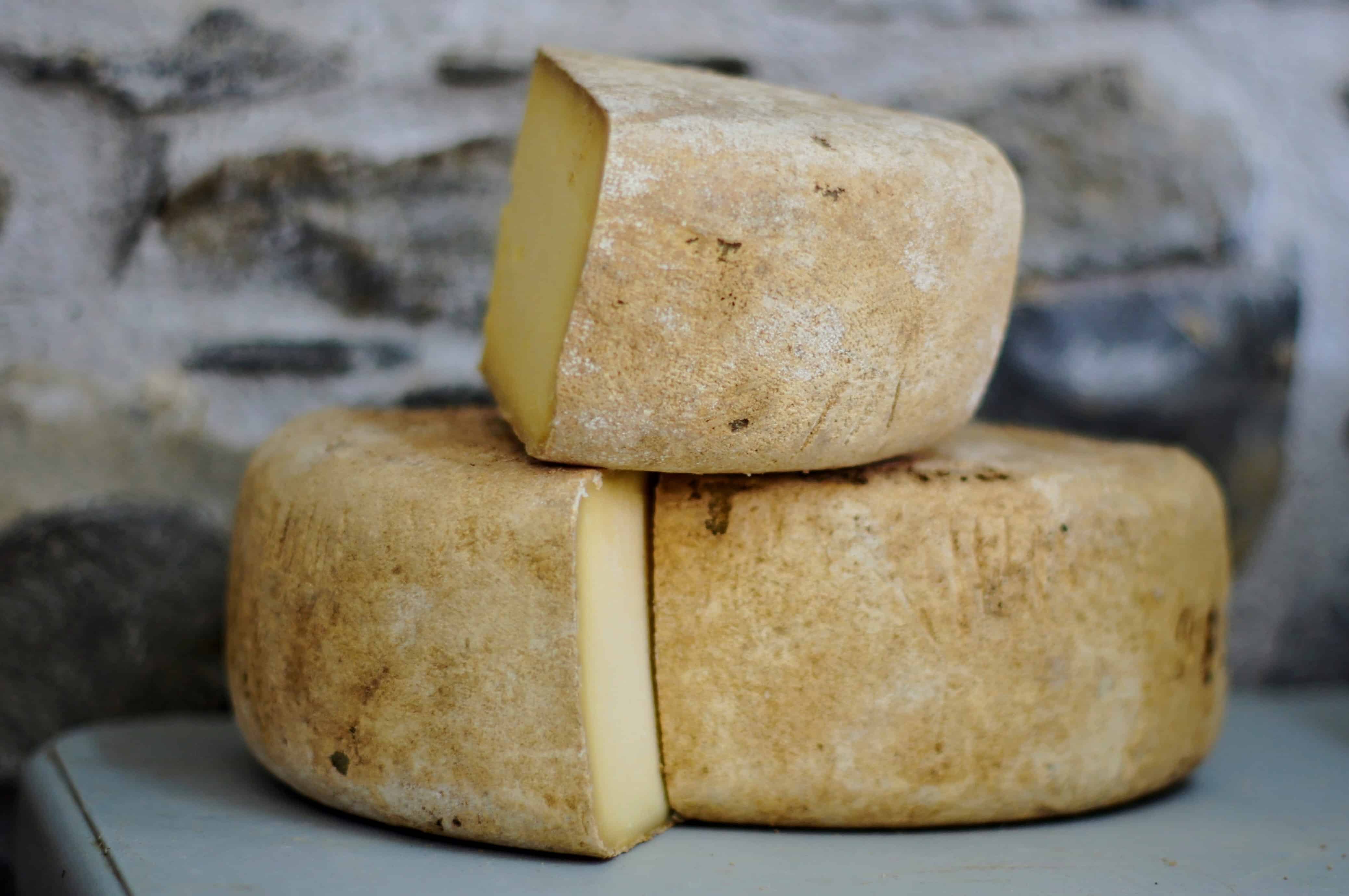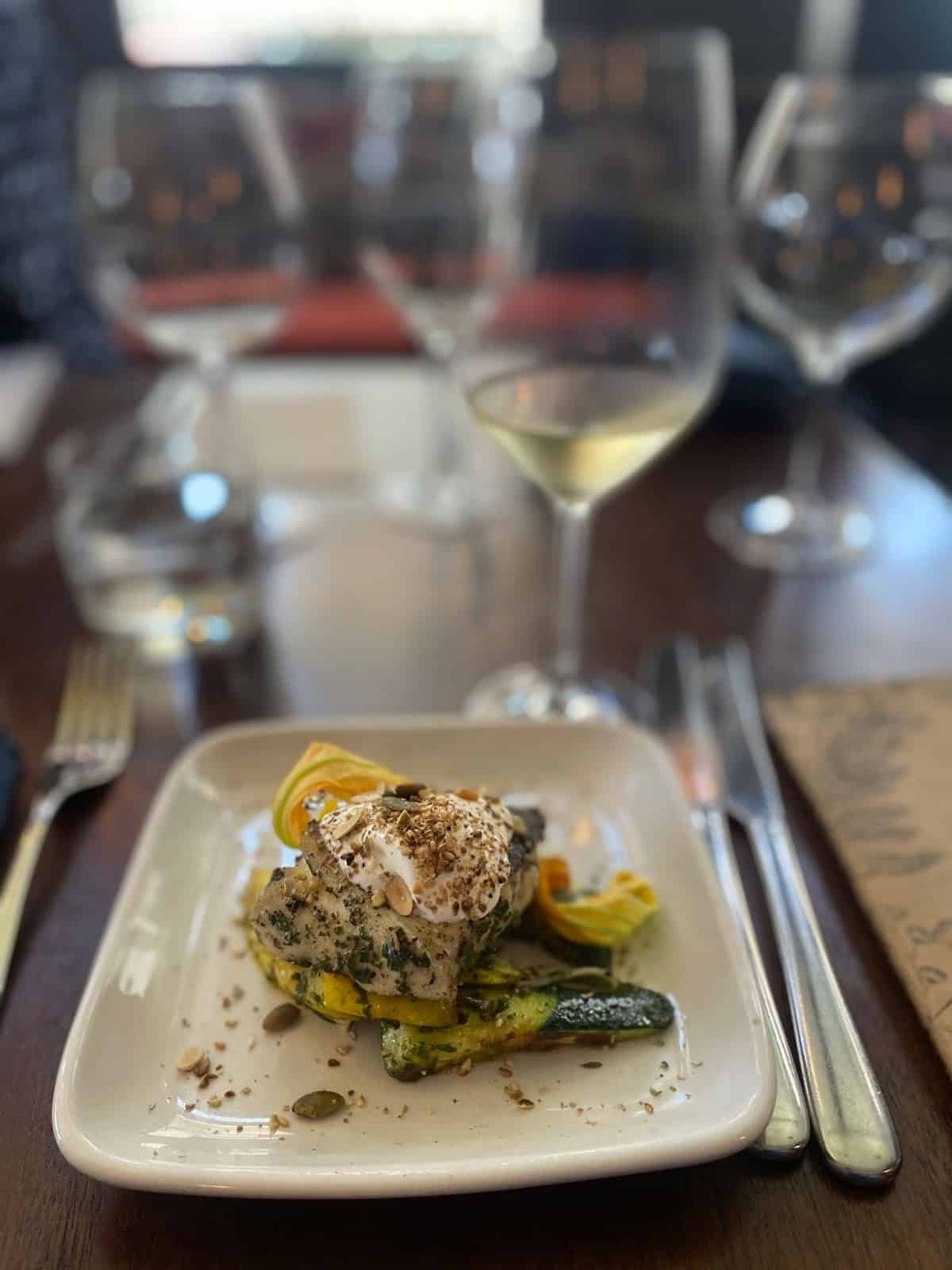Charming Wineries Offering Wine And Food Pairings - Sebastopol Wine Country
Charming Wineries Offering Wine And Food Pairings - Sebastopol Wine Country
Blog Article
Wineries That Welcome Walk Ins - Wine Tasting Experiences In Sonoma Valley
Wine tasting is an art that requires practice and an understanding of assorted aspects involved in the process. One crucial factor of wine tasting is the event and interpretation of tasting notes, which function a guide for each novices and seasoned connoisseurs. A Guide To Understanding Winery Wine Tasting Notes can improve your wine-tasting experience, making it extra significant and gratifying.
Tasting notes are concise descriptions that capture the essence of a wine’s flavors, aromas, and general character. Normally composed by professional tasters, winery tasting notes supply insights into the nuances of various wines. They can help wine enthusiasts understand what to expect from a particular bottle. However, tasting notes can range broadly in style and detail primarily based on the author's experience and palate.
Wineries That Welcome Walk Ins - Sonoma’s Lush Vineyard Landscapes
When you first approach a glass of wine, your senses will begin to engage instantly. The sight, scent, and style of the wine will converge to give you an entire experience. Tasting notes generally begin with the visible evaluation, the place the color of the wine is taken into consideration. Colour plays a major position in indicating the wine’s age, grape variety, and even its flavor profile.
After assessing the visible facet, the next step entails swirling the wine within the glass. This action aerates the wine, permitting its aromas to awaken. Smelling the wine offers critical perception into its complexity. The initial sniff can ship a flood of scents which will include fruity, floral, natural, or earthy notes. This is usually the most subjective a part of tasting, as individual experiences can dramatically differ.
In winery tasting notes, descriptors are sometimes categorized into primary, secondary, and tertiary aromas. Main aromas usually stem from the grape variety, secondary aromas derive from fermentation processes, and tertiary aromas come up from growing older. Understanding these classes can help you appreciate the depth of a wine, they usually also provide the vocabulary to express your experience higher.
Wineries Offering Virtual Wine Tastings - Best Winery Located In Sonoma
Following the olfactory encounter, your focus will shift to the style of the wine. This is where the primary characteristics—sweetness, acidity, tannins, alcohol—come into play. Tasting notes usually detail these flavors in a number of dimensions, including the initial attack in your palate to the lingering finish on your tongue. A high-quality wine will current a harmonious stability between these elements.
While tasting, it's essential to ponder the physique of the wine, which can be described as light, medium, or full. The physique contributes significantly to your overall impression, serving to you consider how the wine pairs with food or whether or not it stands alone as a sipping wine. Balancing the body with the other traits will give you a fuller understanding of what the wine has to supply.
The finish of the wine, also referred to as the aftertaste, is another important facet often included in tasting notes. A lengthy, pleasant end usually signifies a higher high quality wine, while a brief or cloying aftertaste may recommend otherwise. Evaluating the finish can provide further perception into the wine's complexity and distinction.
Understanding the context of winery tasting notes is also priceless. Tasting notes can provide contextual details about the vineyard's location, local weather, and grape-growing practices. This context adds another layer of appreciation for the wine, allowing enthusiasts to wineries showcasing local art and crafts attach the sensory experience with its origins, thus enhancing the enjoyment further.
Charming Wineries With Views In Sonoma Valley - Sonoma Valley Vineyards And Wine Tasting
Many wineries present tasting notes on their websites or labels, usually written in an approachable but informative style. Nevertheless, not all winery tasting notes are created equal. Some could additionally be overly technical, whereas others would possibly prioritize advertising flair over insightful analysis. Studying to navigate these notes can arm you with the information to make informed selections when choosing wines.
Collaborating in tastings at wineries can also deepen your understanding of wine tasting notes. Interacting with educated employees can give you a extra hands-on strategy to exploring different wines and the language used to explain them. Intimate Wine Tasting Experiences In Sonoma. You'll have the opportunity to ask questions, have interaction in discussions, and probably refine your palate in real time.
Experimentation is essential for mastering wine tasting notes. As you pattern totally different wines, try making your own notes. Focus on describing the wine’s shade, aroma, style, and finish. Over time, you’ll develop a private vocabulary that resonates together with your sensory experiences. Each note you create will assist refine your palate, allowing you to appreciate wines at a deeper stage.
Wineries Known For Their Beautiful Gardens - Sebastopol Vineyard Experiences
In conclusion, a Guide To Understanding Winery Wine Tasting Notes offers a comprehensive framework for diving into the world of wines. It equips you with the strategies and language necessary to articulate your experiences. Whether you're a informal drinker or a devoted aficionado, understanding and using tasting notes can profoundly impression your wine journey. This data not solely enhances your enjoyment but in addition connects you deeply with the rich narratives each bottle tells. By embracing this journey, you become a part of the attractive mosaic of wine culture, the place each sip unveils a model new story waiting to be discovered.
- Wine tasting notes typically embody a selection of sensory descriptions, including aroma, flavor, acidity, physique, and end, permitting tasters to totally recognize the wine's traits.
- To improve your understanding, familiarize yourself with common wine terminology such as "tannins," "oakiness," or "terroir," which can help decipher the notes extra successfully.
- A systematic strategy to tasting involves first visually assessing the wine's color and readability, adopted by swirling to release aromas, then inhaling and describing what you experience.
- Taking notes during tasting may help establish patterns over time, enhancing your palate and making it easier to recall preferences for future selections.
- Do Not overlook the affect of food pairings; tasting notes can differ greatly when a wine is enjoyed with complementary flavors, altering notion and delight.
- Pay attention to the wine’s vintage, as climatic conditions in a given 12 months can significantly have an effect on the ultimate product, including another layer to the tasting notes.
- Contemplate the winemaker's style and philosophy, which might shape the wine's profile and impact how its notes evolve with every sip.
- Training with different grape varieties can broaden your vocabulary; every sort brings unique traits that can enhance your capacity to articulate tasting notes effectively.
- Participating with wine professionals or attending tasting events can present valuable insights, providing a richer context for understanding personal tasting notes.
- Keep In Mind that tasting is subjective; particular person preferences and experiences will form one’s interpretation of the identical wine, enriching the overall enjoyment of wine exploration.
What are wine tasting notes?
Wine tasting notes are descriptive feedback made by tasters about the appearance, aroma, style, and finish of a wine. They provide an outline of the wine's characteristics and might help customers understand the style and quality of the wine.
Historical Wineries To Visit In Sonoma - Exploring Sonoma's Wine Landscape
Why are tasting notes necessary when deciding on wine?
Tasting notes can guide you in selecting a wine that suits your palate. company website They present insights into flavors and aromas, helping you to match wines with food or occasions. Understanding these notes enhances your total wine experience.
How should I read wine tasting notes?
(Best Pinot Noir Wineries In Sebastopol)
Wineries In Dry Creek Valley - Wine Tasting In Sonoma County

When studying wine tasting notes, take note of the structure: search for descriptions of color, aroma, flavor, and finish. This will allow you to grasp the wine's profile and determine if it aligns together with your preferences.
What phrases commonly seem in wine tasting notes?
Frequent terms embrace "tannin" (the structure), "acidity" (the crispness), "physique" (the weight), and various flavor descriptors like "fruity," "earthy," or "spicy." Familiarizing yourself with these phrases can deepen your understanding of wine.
Wineries That Offer Dog Friendly Areas - Sonoma's Finest Wineries

Am I Able To create my own tasting notes?
Yes! Writing your personal tasting notes can enhance your wine tasting experience. Focus on your observations of style, aroma, and different sensory traits. This personal practice might help you refine your palate over time.
How do I determine the aromas in wine tasting notes?
Eco-Friendly Wineries In Sonoma County - Sebastopol's Vibrant Wine Scene
To identify aromas, practice smelling quite a lot of scents and associating them with wines. Swirl the wine in your glass to release its aromas, then take a moment to breathe in deeply before identifying any outstanding scents.

What is the distinction between professional and personal wine tasting notes?
Professional tasting notes might use extra technical language and specific terminology, while personal tasting notes are subjective and replicate particular person experiences. Both are useful for understanding and having fun with wine, but personal notes may resonate extra along with your unique tastes.
How can tasting notes improve my wine appreciation?
Wineries With Unique Varietals - Best Wineries For Wine Tasting Sonoma Area
Tasting notes can enhance your appreciation by serving to you to grasp and articulate the complexities of wine. They encourage conscious tasting and supply a framework for comparing completely different wines, resulting in a richer enjoyment of the beverage.
Are there any apps or instruments to help with wine tasting notes?
Yes, there are a number of apps designed to assist customers document and arrange their tasting notes. These tools often offer options like flavor wheel guides and wine database searches, making it simpler to trace your journey via different wines. Report this page